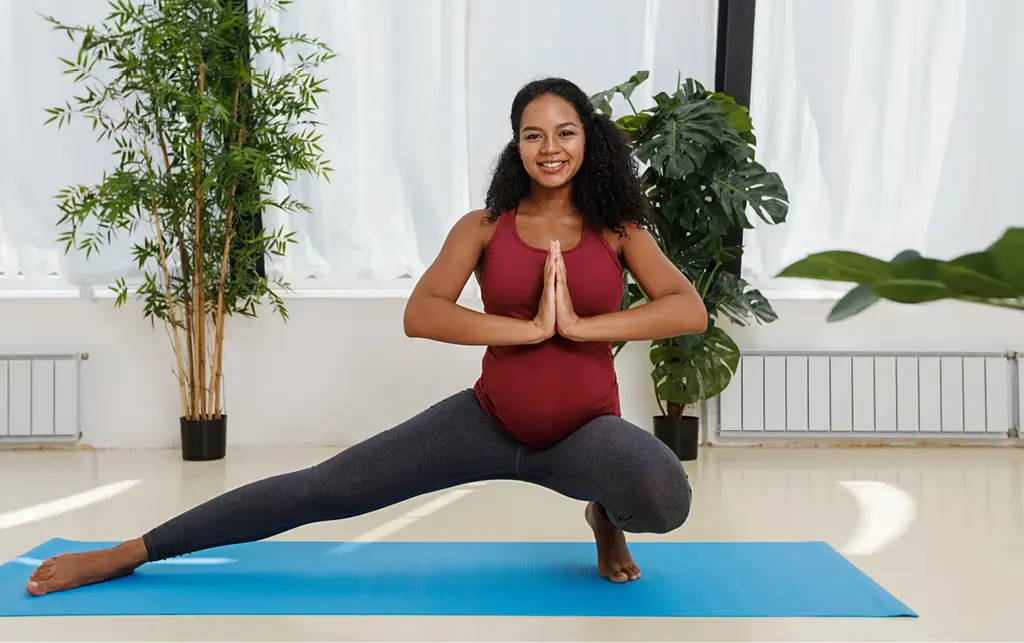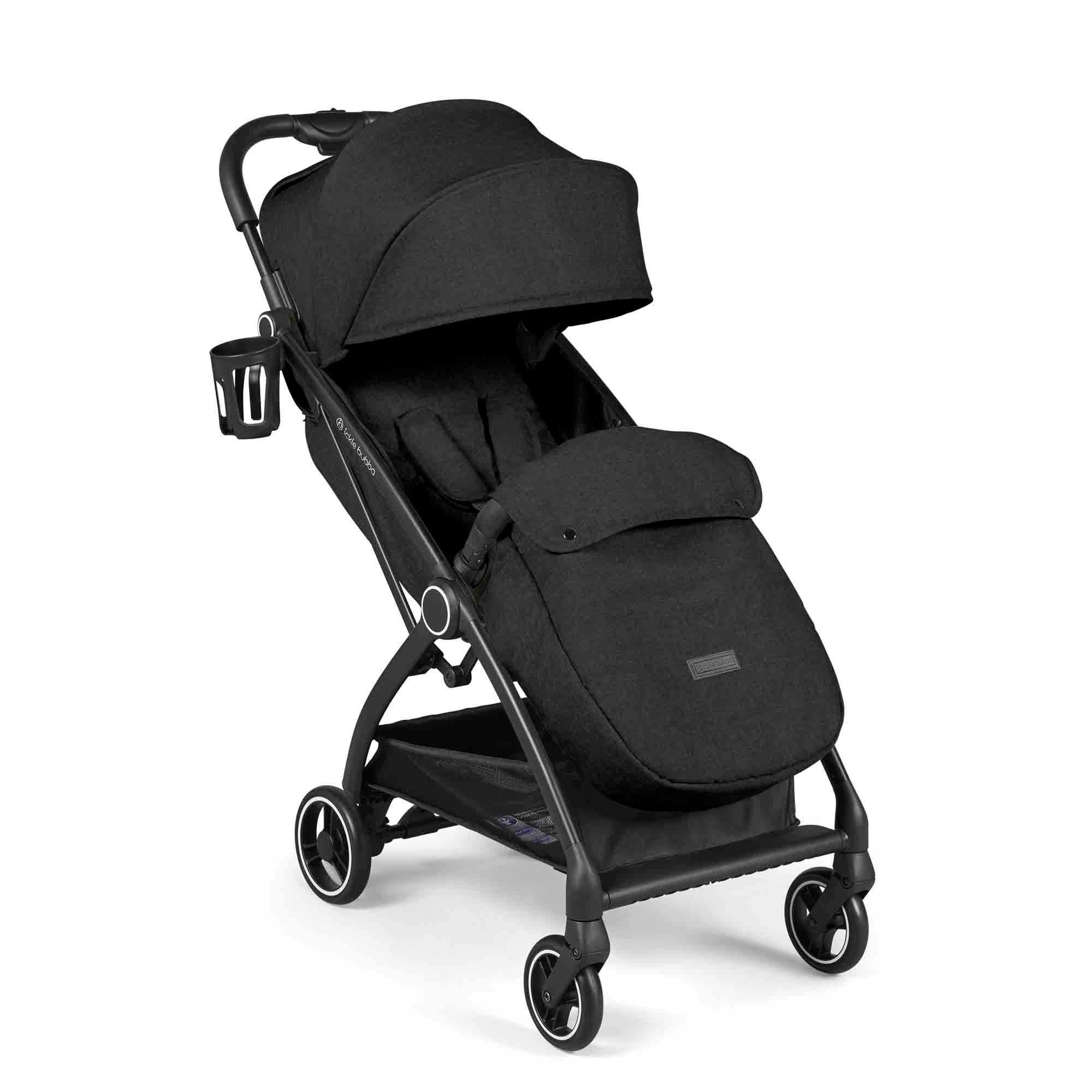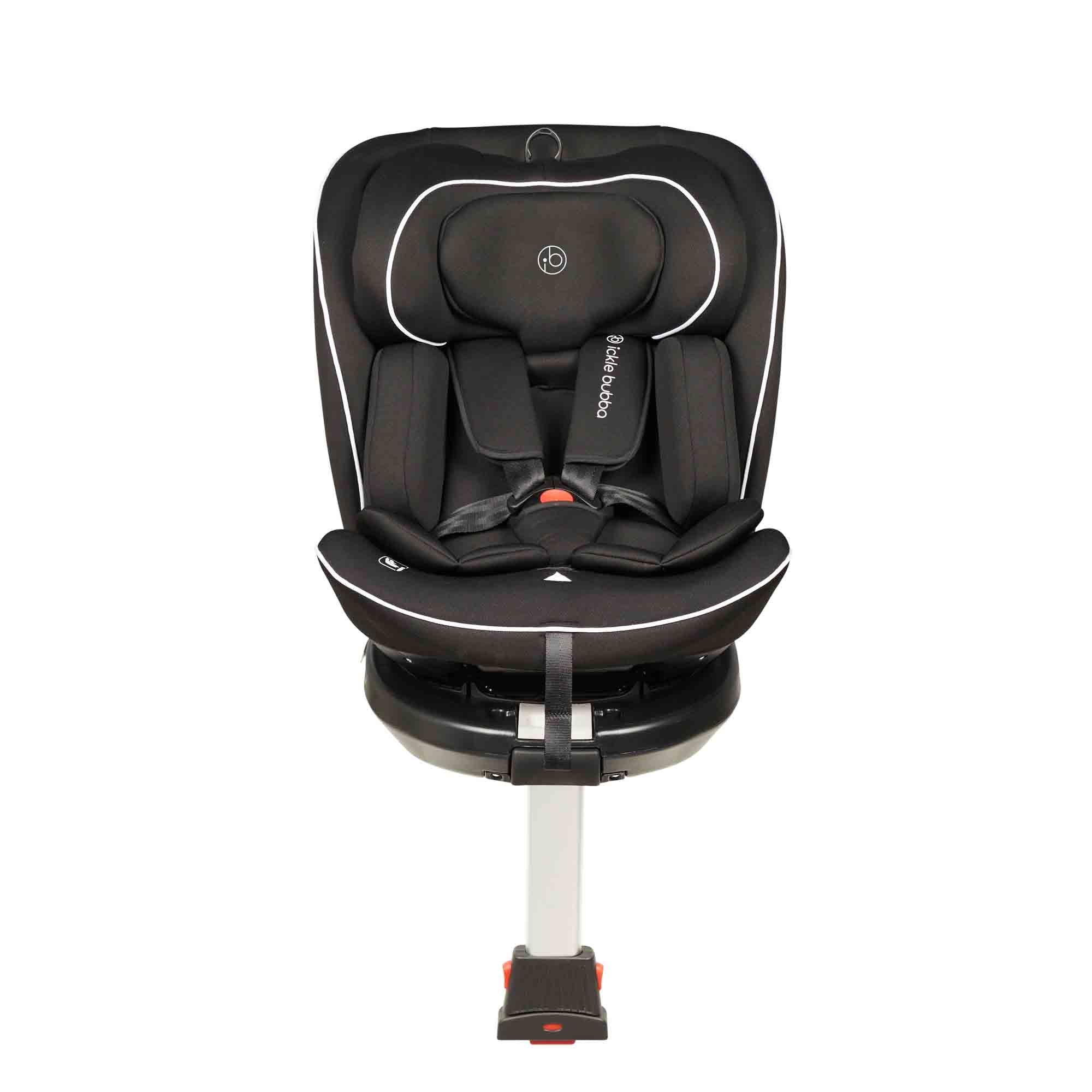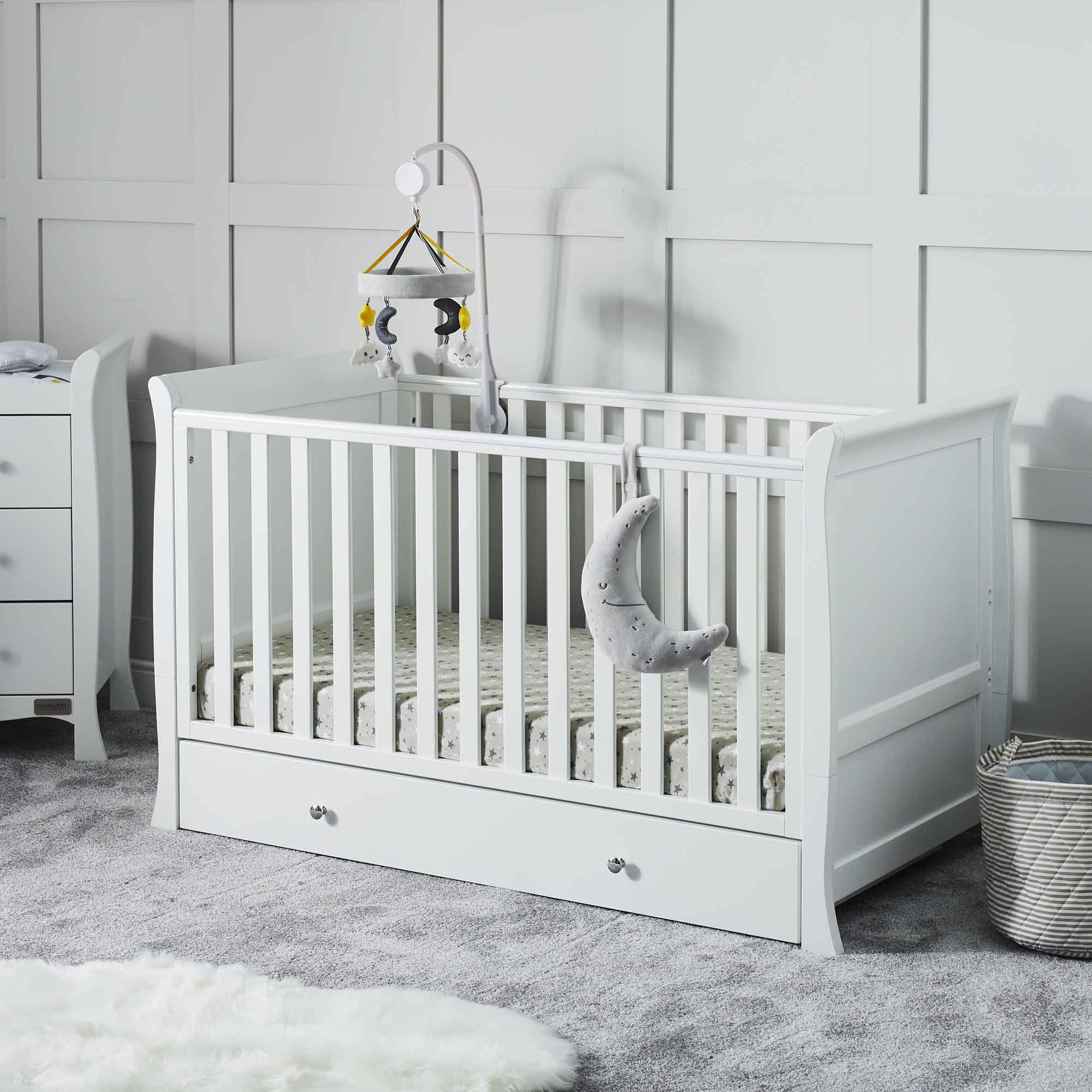Prenatal Yoga & Pilates

If you’ve never tried yoga before, pregnancy is a great time to start, particularly in the second trimester when the tiredness and nausea should hopefully have eased. There are lots of fantastic benefits for both body and mind, which is why we’ve chosen to focus on prenatal yoga and Pilates for the next in our series of articles about exercise during pregnancy.
If you’re thinking of trying yoga for the first time while pregnant, you may find it best to look for a specific pregnancy yoga class, where the postures and stretches are carefully planned to be safe and suitable. For those who practised yoga before becoming pregnant, it’s perfectly safe to continue doing so in your usual class. Make sure your instructor knows that you’re expecting a baby, as they may wish to modify part of the routine to make it more suitable or comfortable for you. Certain postures are not recommended during pregnancy, which we will cover later.
There are a number of different styles of yoga; from Bikram yoga, practised in a heated room to encourage the release of toxins, to Ashtanga yoga, a vigorous workout in which students move quickly from one posture to the next. Not all are suitable for pregnant women. Hatha yoga is a popular style for beginners. It’s a fairly slow-paced and gentle class which focuses on common postures.
Benefits of practising yoga while pregnant:
Promotes relaxation:
Pregnancy can be a stressful time for your body and your mind as you prepare for the major changes that are about to occur in your life. Taking an hour to focus on yourself can be very beneficial. Breath, relax and tune-in to your body.
Learn key breathing and calming techniques:
By breathing in a manner specific to yoga, in which you use your diaphragm and abdominal muscles to breathe deeply in a controlled way, you will increase the amount of oxygen you take in. Exhaling is also a natural relaxation for the body. Breathing mindfully and deeply is a valuable calming technique you can call on in times of stress or physical pain, like childbirth.
Strengthen your pelvic floor:
During pregnancy it’s especially important to exercise the muscles of your pelvic floor as they will be carrying an increased load as your baby gets bigger. Maintaining a strong pelvic floor can reduce your likelihood of suffering from incontinence, back pain and other health conditions both before and after the birth.
Improve your posture:
Practising yoga will help to strengthen your core muscles and improve your balance and core stability. As you become larger during the later stages of pregnancy, you’ll feel the benefits of keeping your muscles toned and your body flexible.
Studies have shown that practising yoga, whether you’re pregnant or not, can have multiple benefits across all areas of your health. From aiding in getting a restful night’s sleep to reducing headaches and nausea, yoga is a versatile and flexible form of exercise. Whether you join a specialised class or practise at home using a book or DVD for guidance, you can make big changes to the way you feel during your pregnancy.
Safety concerns for prenatal yoga:
Yoga is not generally recommended during the first trimester of pregnancy, as this is a particularly crucial time for you and the baby. Not all postures are safe to do while pregnant. If you’re at all unsure, it’s safest to join a specific prenatal yoga class, or inform your usual yoga instructor so that they can adapt your routine accordingly. As a general guide, avoid the following:
Lying on your back after 16 weeks
Lying on your front
Strong twists or stretches
Bending your back
Holding your breath
Upside down postures
Make sure to drink plenty of water before and during your yoga session, and as with any form of exercise during pregnancy, stop immediately if you feel any pain or discomfort.
Prenatal Pilates
Yoga and Pilates can seem very similar, and both make an excellent choice of prenatal exercise. While yoga focuses on the flexibility of joints and strengthening of muscles with an additional spiritual and relaxation element, Pilates is more concerned with core strength and muscle control. It’s done at a slow pace, and can be relaxing and calming in itself. Like specialised yoga classes, you’ll also find dedicated pregnancy Pilates classes available, which are designed to help you prepare your body for the progressive changes of pregnancy, birth and being a new mum.
Summary
So, there you go. Hopefully you're feeling encouraged to stay active during your pregnancy. It's not that easy for everyone, obviously, but if you're unsure about undertaking exercise then have a chat with other mums, as well as your GP or midwife. That way, you should be able to create a routine that works for you. Whatever you decide to do, have fun with it!









